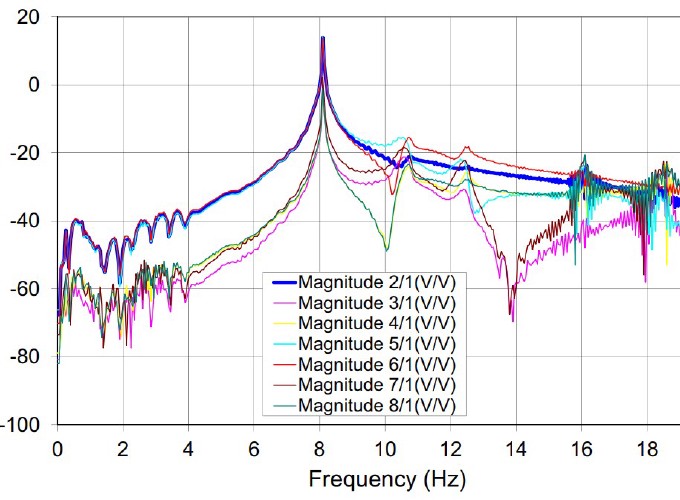
Amplitude Dependent Damping in Vibrations Serviceability: Case of a Laboratory Footbridge

Amplitude Dependent Damping in Vibrations Serviceability: Case of a Laboratory Footbridge
Abstract
Construction technology advancements in the last couple of decades have led to the use of lightweight and high-strength materials in structural systems. Although longer spans and lighter materials result in floor systems with less mass, stiffness, and damping, the trend toward a paperless office decreases damping and the amount of live load on the floors even more. Consequently, structures have become more vulnerable to annoying vibrations, and vibration serviceability has become an area of serviceability concern. For vibration serviceability calculations, the damping value of the structural systems is a critical parameter. Damping in structures has proved to be dependent on the amplitude of the applied force on the structure. This condition is referred to as nonlinear damping, or amplitude-dependent damping. Although damping is constant at low and high amplitudes, for in-between amplitudes, the damping value increases with the levels of excitation amplitude. For wind and earthquake excitations, the amplitude-dependent characteristics of damping have been studied extensively in the literature. For floor vibration serviceability applications, even though the nonlinear behavior of damping has been accepted to exist and mentioned in some publications, it is not closely looked at or discussed in detail. The floor vibration serviceability calculations are very sensitive to damping values, but vibration serviceability researchers and practicing engineers are often uncomfortable with assigning a specific number as a damping ratio for a specific mode because of the inconsistency of damping values obtained from different methods. This paper presents a closer look at the amplitude-dependent damping in vibration serviceability and focuses on a laboratory footbridge with experimental and analytical studies. The laboratory footbridge was studied extensively with static and dynamic tests. Three-dimensional finite-element (FE) models were developed, updated, and fine-tuned for two bottom chord extension configurations for both static and dynamic tests. The amplitude-dependent damping behavior of the laboratory footbridge is shown for different amplitudes of sinusoidal excitations. The amplitude-dependent damping ratio values obtained from effective mass calculations proved to be correct with the FE model acceleration predictions. The FE model predictions successfully matched the test results with the nonlinear characteristic introduced for modal damping. One of the most difficult tasks in vibration serviceability research is matching the measured acceleration responses with the FE models, and the success of this paper in matching the acceleration responses for various levels of excitations (with corresponding amplitude-dependent damping values) with the FE model is unique. Successful verification and clarification of the amplitude-dependent phenomenon and FE model matching of measured acceleration responses reinforce the confidence in the FE models in vibration serviceability research by showing that the FE models are reliable not only for natural frequency predictions but also for acceleration response predictions.